Research Challenges and Advancements in the field of Sustainable Energy Technologies in the Built Environment
Abstract
1. Introduction
2. Major Research Advancements in the Scientific Fields of Sustainable Energy in the Built Environment
2.1. Indoor Air Quality
2.2. Sustainable Energy Systems for the Built Environment
- the fact that the fossil energy sources are limited
- the environmental issues resulting from the careless consumption of energy related to the greenhouse effect
- the energy security issues that arise with the use of non-indigenous energy resources
2.3. Building Energy Assessment
- The minimum requirements of building elements with regard to their energy performance
- The certification of buildings with energy performance certificates, requiring the whole energy assessment of buildings
- The development and realization of the nearly zero energy building concept
- The necessity for the development of a joint methodology for the definition of the energy performance of buildings, based on regulations and standards
2.4. Sustainability Management
- Construction management, using digital construction tools
- Sustainability management, aligned with best practices in the field of sustainable built environment (eg buildings sustainability schemes)
- Facilities management, by employing state of the art technologies such as digital twins and digital asset management
- Smart buildings and smart cities management, with emphasis on the integration of smart buildings into smart cities’ infrastructures
- Resources and funding required for smart buildings and smart cities management
- measure performance management of city services and quality of life over time,
- learn from one another by allowing comparison across a wide range of performance measures, and
- support policy development and priority setting [52].
2.5. Building Information Modelling
- Typically, in the design stage, aspects of architectural design, structural analysis, mechanical, electrical, and plumbing (MEP) assessment, as well as other analysis including environmental and energy assessment are implemented.
- The implementation of BIM during the construction stage includes the monitoring of the construction progress, as well as health and safety issues.
- Post-construction BIM is related to the monitoring of the operation of a building, typically in terms of digital twins and the application of IoT and machine learning practices.
- Additionally, BIM is employed for the post-construction assessment of the buildings’ operational assessment, including actual energy behavior.
- The design of potential installations of renewable energy technologies in buildings [71]. In this application, an accurate 3D model of a specific area can be reconstructed with the use of photogrammetry, and the energy yield can be calculated with the use of photovoltaics (PV) panels.
- The development of digital models of urban blocks and cities [72]. The digitalization of the built environment allows the implementation of digital twin technologies for the monitoring and management of city assets. The digitalization of the whole life cycle of the built environment enhances the public’s quality of life, encourages an innovative culture, delivers more value and increases productivity for cities and infrastructure. Digital city models are intended for objects scanning and the development of digital models with accurate geometry. Possibilities to add attributes, such as energy performance indicators and asset tagging, and to analyze the texture and views with Artificial Intelligence algorithms are also possible. Photogrammetry can be employed to gather digital data about existing buildings and assets.
- The development of tools for increasing the efficiency of the life cycle processes of public sector structures using BIM [73].
- The use of BIM for the dynamic energy assessment of buildings, and specifically for the energy classification of buildings, will enable the issuance and update of new energy performance certificates (EPCs) on a regular basis [74].
2.6. Environmental Geomatics
- applications in the field of geographic information systems (GIS),
- remote sensing, which uses terrestrial, marine, airborne, and satellite-based sensors to acquire spatial data,
- global positioning systems (GPS) and global navigation satellite system (GNSS), an umbrella term that includes all GPS.
- spatial analysis.
2.7. Environmental Assessment of Building Products and Buildings: Life Cycle Assessment
- ▪ improving the environmental performance of building products, at various stages of their life cycle,
- ▪ the decision making in building product design process,
- ▪ the selection of relevant indicators of environmental performance,
- ▪ marketing.
- ▪ LCA is considered as the main tool for achieving sustainable construction practices.
- the assessment of individual building materials and building components. These studies mainly analyze alternative production processes and conclude at those production practices which are the least harmful for the environment. On some occasions the energy payback period of building materials is also defined [86,87,88,89].
- studies focusing on the entire building. In these studies, comprehensive LCA databases are used, and the studies focus on the performance of the entire building, mainly through matrices in which the building of quantities is combined with the environmental indicators of individual building materials [90,91]
3. Future Research Trends in the Scientific Fields of Sustainable Energy in the Built Environment
Author Contributions
Funding
Conflicts of Interest
References
- United Nations Development Programme (UNDP) Sustainable Development Goals. Goal 7: Affordable and Clean Energy. 2020. Available online: https://www.undp.org/content/undp/en/home/sustainable-development-goals/goal-7-affordable-and-clean-energy.html (accessed on 20 July 2020).
- Kaunelienė, V.; Prasauskas, T.; Krugly, E.; Stasiulaitienė, I.; Čiužas, D.; Šeduikytė, L.; Martuzevičius, D. Indoor air quality in low energy residential buildings in Lithuania. Build. Environ. 2016, 108, 63–72. [Google Scholar] [CrossRef]
- Šeduikyte, L.; Bliūdžius, R. Pollutants emission from building materials and their influence on indoor air quality and people performance in offices. J. Civ. Eng. Manag. 2005, 11, 137–144. [Google Scholar] [CrossRef]
- Ciuzas, D.; Prasauskas, T.; Krugly, E.; Jurelionis, A.; Seduikyte, L.; Martuzevicius, D. Indoor air quality management by combined ventilation and air cleaning: An experimental study. Aerosol Air Qual. Res. 2016, 16, 2550–2559. [Google Scholar] [CrossRef]
- Building Research Establishment What is BREAM? 2020. Available online: http://www.breeam.com (accessed on 20 July 2020).
- Leadership in Energy and Environmental Design LEED is Green Building. 2020. Available online: http://www.usgbc.org/about (accessed on 20 July 2020).
- Wei, W.; Ramalho, O.; Mandin, C. Indoor air quality requirements in green building certifications. Build. Environ. 2015, 92, 10–19. [Google Scholar] [CrossRef]
- European Committee for Standardization (CEN). EN 13779:2007. Ventilation for Non-Residential Buildings–Performance Requirements for Ventilation and Room-Conditioning Systems; CEN: Brussels, Belgium, 2007. [Google Scholar]
- Zhang, Y.; Xiong, J.; Mo, J.; Gong, M.; Cao, J. Understanding and controlling airborne organic compounds in the indoor environment: Mass transfer analysis and applications. Indoor Air 2016, 26, 39–60. [Google Scholar] [CrossRef]
- Cheng, Y.H.; Lin, C.C.; Hsu, S.C. Comparison of conventional and green building materials in respect of VOC emissions and ozone impact on secondary carbonyl emissions. Build. Environ. 2015, 87, 274–282. [Google Scholar] [CrossRef]
- Schieweck, A.; Bock, M.C. Emissions from low-VOC and zero-VOC paints–Valuable alternatives to conventional formulations also for use in sensitive environments. Build. Environ. 2015, 85, 243–252. [Google Scholar] [CrossRef]
- Stasiuliene, L. Combined Impacts of Indoor Climate Systems in Buildings on Occupant Inhaled Volatile Organic Compounds Concentration. Doctoral Thesis, Kaunas University of Technology, Kaunas, Lithuania, 2016. [Google Scholar]
- Jurelionis, A.; Gagyte, L.; Seduikyte, L.; Prasauskas, T.; Ciuzas, D.; Martuzevicius, D. Combined air heating and ventilation increases risk of personal exposure to airborne pollutants released at the floor level. Energy Build. 2016, 116, 263–273. [Google Scholar] [CrossRef]
- Jurelionis, A.; Stasiuliene, L.; Prasauskas, T.; Martuzevicius, D. (2018). Dispersion of indoor air pollutants emitted at near-floor levels in rooms with floor heating and mixing ventilation. Indoor Built Environ. 2018, 27, 205–218. [Google Scholar] [CrossRef]
- Gagyte, L.; Jurelionis, A.; Martuzevicius, D.; Prasauskas, T. Experimental study of personal exposure to pollutants released at floor level: Floor heating vs air heating. In Proceedings of the 14th International Conference on Indoor Air Quality and Climate, Ghent, Belgium, 3–8 July 2016; pp. 3–8. [Google Scholar]
- Stasiuliene, L.; Jurelionis, A. Dispersion of pollutants released at floor level under three types of heating systems: A CFD study. In Proceedings of the HB2017-Europe: Healthy Buildings 2017—Europe, Poland. International Society of Indoor Air Quality and Climate, Lublin, Poland, 2–5 July 2017. P0188. [Google Scholar]
- Seduikyte, L.; Stasiulienė, L.; Prasauskas, T.; Martuzevičius, D.; Černeckienė, J.; Ždankus, T.; Fokaides, P. Field measurements and numerical simulation for the definition of the thermal stratification and ventilation performance in a mechanically ventilated sports hall. Energies 2019, 12, 2243. [Google Scholar] [CrossRef]
- Jurelionis, A.; Gagytė, L.; Prasauskas, T.; Čiužas, D.; Krugly, E.; Šeduikytė, L.; Martuzevičius, D. The impact of the air distribution method in ventilated rooms on the aerosol particle dispersion and removal: The experimental approach. Energy Build. 2015, 86, 305–313. [Google Scholar] [CrossRef]
- Jurelionis, A.; Šeduikytė, L.; Čiužas, D.; Martuzevičius, D.; Gagytė, L.; Prasauskas, T.; Krugly, E. Effect of air distribution methods on solid particle dispersion in rooms with forced ventilation. In Proceedings of the ASHRAE IAQ 2013 Proceedings, Environmental Health in Low-Energy Buildings, Vancouver, BC, Canada, 15–18 October 2013. [Google Scholar]
- Moreno-Rangel, A.; Sharpe, T.; Musau, F.; McGill, G. Field evaluation of a low-cost indoor air quality monitor to quantify exposure to pollutants in residential environments. J. Sens. Sens. Syst. 2018, 7, 373–388. [Google Scholar] [CrossRef]
- Fokaides, P.A.; Jurelionis, A.; Gagyte, L.; Kalogirou, S.A. Mock target IR thermography for indoor air temperature measurement. Appl. Energy 2016, 164, 676–685. [Google Scholar] [CrossRef]
- Tsagarakis, K.P.; Mavragani, A.; Jurelionis, A.; Prodan, I.; Andrian, T.; Bajare, D.; Stasiuliene, L. Clean vs. green: Redefining renewable energy. Evidence from Latvia, Lithuania, and Romania. Renew. Energy 2018, 121, 412–419. [Google Scholar] [CrossRef]
- Černeckienė, J.; Vaičiūnas, J.; Valančius, R.; Jurelionis, A.; Zdankus, T. Recent advancements in the use of on-site biomass systems in the built environment. Curr. Sustain. Renew. Energy Rep. 2018, 5, 156–162. [Google Scholar] [CrossRef]
- Arnaoutakis, N.; Milousi, M.; Papaefthimiou, S.; Fokaides, P.A.; Caouris, Y.G.; Souliotis, M. Life cycle assessment as a methodological tool for the optimum design of integrated collector storage solar water heaters. Energy 2019, 182, 1084–1099. [Google Scholar] [CrossRef]
- Souliotis, M.; Panaras, G.; Fokaides, P.A.; Papaefthimiou, S.; Kalogirou, S.A. Solar water heating for social housing: Energy analysis and life cycle assessment. Energy Build. 2018, 169, 157–171. [Google Scholar] [CrossRef]
- Kylili, A.; Fokaides, P.A.; Ioannides, A.; Kalogirou, S. Environmental assessment of solar thermal systems for the industrial sector. J. Clean. Prod. 2018, 176, 99–109. [Google Scholar] [CrossRef]
- Valančius, R.; Jurelionis, A.; Jonynas, R.; Katinas, V.; Perednis, E. Analysis of medium-scale solar thermal systems and their potential in Lithuania. Energies 2015, 8, 5725–5737. [Google Scholar] [CrossRef]
- Valancius, R.; Cerneckiene, J.; Singh, R.M. Review of combined solar thermal and heat pump systems installations in Lithuanian hospitals. In Proceedings of the EuroSun 2018 Conference of ISES Europe, Rapperswil, Switzerland, 10–13 September 2018; pp. 10–13. [Google Scholar]
- Tsagarakis, K.P.; Efthymiou, L.; Michopoulos, A.; Mavragani, A.; Anđelković, A.S.; Antolini, F.; Burlon, S. A review of the legal framework in shallow geothermal energy in selected European countries: Need for guidelines. Renew. Energy 2020, 147, 2556–2571. [Google Scholar] [CrossRef]
- Valancius, R.; Singh, R.M.; Jurelionis, A.; Vaiciunas, J. A review of heat pump systems and applications in cold climates: Evidence from Lithuania. Energies 2019, 12, 4331. [Google Scholar] [CrossRef]
- Tamašauskas, R.; Bruzgevičius, P.; Šadauskienė, J.; Nikolic, D. Energy efficiency of wind power plants, case of Lithuania. Bulg. Chem. Commun. 2018, 50, 120–129. [Google Scholar]
- Tamašauskas, R.; Šadauskienė, J.; Bruzgevičius, P.; Krawczyk, D.A. An evaluation of primary energy factor values of wind turbines. Multidiscip. Digit. Publ. Inst. Proc. 2019, 16, 9. [Google Scholar] [CrossRef]
- Ždankus, T.; Černeckienė, J.; Greičius, L.; Stanevičius, V.; Bunikis, N. Wind energy usage for building heating applying hydraulic system. J. Sustain. Archit. Civil Eng. 2019, 25, 63–70. [Google Scholar] [CrossRef]
- Zdankus, T.; Cerneckiene, J.; Jurelionis, A.; Vaiciunas, J. Experimental study of a small scale hydraulic system for mechanical wind energy conversion into heat. Sustainability 2016, 8, 637. [Google Scholar] [CrossRef]
- Zdankus, T.; Cerneckiene, J.; Jonynas, R.; Stelmokaitis, G.; Fokaides, P.A. Experimental investigation of a wind to thermal energy hydraulic system. Renew. Energy 2020, 159, 140–150. [Google Scholar] [CrossRef]
- Fokaides, P.A.; Polycarpou, K.; Kalogirou, S. The impact of the implementation of the European energy performance of buildings directive on the European building stock: The case of the Cyprus Land Development Corporation. Energy Policy 2017, 111, 1–8. [Google Scholar] [CrossRef]
- European Parliament. Directive 2002/91/EC of the European Parliament and of the Council of 16 December 2002 on the Energy Performance of Buildings, 2002.
- European Parliament. Directive 2010/31/EC of the European Parliament and of the Council of 16 December 2002 on the Energy Performance of Buildings, Amending Directive 2002/91/EC, 2010.
- European Parliament. Directive 2018/844/EC of the European Parliament and of the Council of 16 December 2002 on the Energy Performance of Buildings, Amending Directives 2002/91/EC and 2010/31/EC, 2018.
- Lagou, A.; Kylili, A.; Šadauskienė, J.; Fokaides, P.A. Numerical investigation of phase change materials (PCM) optimal melting properties and position in building elements under diverse conditions. Constr. Build. Mater. 2019, 225, 452–464. [Google Scholar] [CrossRef]
- Fokaides, P.A.; Kylili, A.; Kyriakides, I. Boundary conditions accuracy effect on the numerical simulations of the thermal performance of building elements. Energies 2018, 11, 1520. [Google Scholar] [CrossRef]
- Zdankus, T.; Gylys, M.; Paukstaitis, L.; Jonynas, R. Experimental investigation of heat transfer from a horizontal flat surface to aqueous foam flow. Int. J. Heat Mass Transf. 2018, 123, 489–499. [Google Scholar] [CrossRef]
- Šadauskienė, J.; Ramanauskas, J.; Šeduikytė, L.; Daukšys, M.; Vasylius, A. A simplified methodology for evaluating the impact of point thermal bridges on the high-energy performance of a passive house. Sustainability 2015, 7, 16687–16702. [Google Scholar] [CrossRef]
- Cerneckiene, J.; Zdankus, T.; Valancius, R.; Fokaides, P.A. Numerical Investigation of the impact of longitudinal thermal bridging on energy efficient buildings under humid continental climate conditions: The Case of Lithuania. IOP Conf. Ser. Earth Environ. Sci. 2020, 410, 012105. [Google Scholar] [CrossRef]
- Šadauskienė, J.; Ramanauskas, J.; Vasylius, A. Impact of point thermal bridges on thermal properties of building envelopes. Therm. Sci. 2019, 24, 2181–2188. [Google Scholar] [CrossRef]
- Gorse, C.A.; Johnston, D. “Thermal bridge”. In Oxford Dictionary of Construction, Surveying, and Civil Engineering, 3rd ed.; Oxford University Press: Oxford UK, 2012; pp. 440–441. [Google Scholar]
- Fokaides, P.A.; Christoforou, E.A.; Kalogirou, S.A. Legislation driven scenarios based on recent construction advancements towards the achievement of nearly zero energy dwellings in the southern European country of Cyprus. Energy 2014, 66, 588–597. [Google Scholar] [CrossRef]
- Kavga, A.; Vaiciunas, J.; Fokaides, P.A. Recent advancements in the energy performance of intelligent green houses: A Case Study. IOP Conf. Ser. Earth Environ. Sci. 2020, 410, 012030. [Google Scholar] [CrossRef]
- Kylili, A.; Fokaides, P.A. Investigation of building integrated photovoltaics potential in achieving the zero energy building target. Indoor Built Environ. 2014, 23, 92–106. [Google Scholar] [CrossRef]
- Kylili, A.; Fokaides, P.A. European smart cities: The role of zero energy buildings. Sustain. Cities Soc. 2015, 15, 86–95. [Google Scholar] [CrossRef]
- Lithuanian Department of Statistics. Database of Indicators Vilnius. Available online: https://osp.stat.gov.lt/statistiniu-rodikliu-analize?indicator=S5R005#/ (accessed on 1 July 2020).
- ISO 37120:2018. Sustainable Cities and Communities—Indicators for City Services and Quality of Life; ISO: Geneva, Switzerland, 2018. [Google Scholar]
- ISO/TR 37121:2017. Sustainable Development in Communities—Inventory of Existing Guidelines and Approaches on Sustainable Development and Resilience in Cities; Technical Committee: Geneva, Switzerland, 2017. [Google Scholar]
- Zavadskas, E.K.; Šaparauskas, J.; Antucheviciene, J. Sustainability in construction engineering. Sustainability 2018, 10, 2236. [Google Scholar] [CrossRef]
- Apanavičienė, R.; Maliejus, K.; Fokaides, P. Sustainability assessment of the building construction stage using building sustainability assessment schemes (BSAS). IOP Conf. Ser. Earth Environ. Sci. 2020, 410, 012064. [Google Scholar] [CrossRef]
- Kylili, A.; Fokaides, P.A.; Jimenez, P.A.L. Key performance indicators (KPIs) approach in buildings renovation for the sustainability of the built environment: A review. Renew. Sustain. Energy Rev. 2016, 56, 906–915. [Google Scholar] [CrossRef]
- Seduikyte, L.; Grazuleviciute-Vileniske, I.; Kvasova, O.; Strasinskaite, E. Knowledge transfer in sustainable management of heritage buildings. Case of Lithuania and Cyprus. Sustain. Cities Soc. 2018, 40, 66–74. [Google Scholar] [CrossRef]
- Grazuleviciute-Vileniske, I.; Seduikyte, L.; Teixeira-Gomes, A.; Mendes, A.; Borodinecs, A.; Buzinskaite, D. Aging, living environment, and sustainability: What should be taken into account? Sustainability 2020, 12, 1853. [Google Scholar] [CrossRef]
- Klumbyte, E.; Bliudzius, R.; Foikades, P. A SIPOC based model for the sustainable management of facilities in social housing. IOP Conf. Ser. Earth Environ. Sci. 2020, 410, 012081. [Google Scholar] [CrossRef]
- Klumbyte, E.; Bliudzius, R.; Fokaides, P. Development and application of municipal residential buildings facilities management model. Sustain. Cities Soc. 2020, 52, 101804. [Google Scholar] [CrossRef]
- Fokaides, P.A.; Apanaviciene, R.; Klumbyte, E. 5.12 Energy Management in Smart Cities. Compr. Energy Syst. 2018, 5, 457–473. [Google Scholar]
- Apanaviciene, R.; Vanagas, A.; Fokaides, P.A. Smart building integration into a smart city (SBISC): Development of a new evaluation framework. Energies 2020, 13, 2190. [Google Scholar] [CrossRef]
- Panteli, C.; Klumbyte, E.; Apanaviciene, R.; Fokaides, P.A. An overview of the existing schemes and research trends in financing the energy upgrade of buildings in Europe. J. Sustain. Archit. Civ. Eng. Vol. 2020, 26, 2. [Google Scholar]
- Kylili, A.; Fokaides, P.A. Competitive auction mechanisms for the promotion renewable energy technologies: The case of the 50 MW photovoltaics projects in Cyprus. Renew. Sustain. Energy Rev. 2015, 42, 226–233. [Google Scholar] [CrossRef]
- Panteli, C.; Kylili, A.; Fokaides, P.A. Building information modelling applications in smart buildings: From design to commissioning and beyond A critical review. J. Clean. Prod. 2020, 265, 121766. [Google Scholar] [CrossRef]
- Panteli, C.; Polycarpou, K.; Morsink-Georgalli, F.Z.; Stasiuliene, L.; Pupeikis, D.; Jurelionis, A.; Fokaides, P.A. Overview of BIM integration into the Construction Sector in European Member States and European Union Acquis. IOP Conf. Ser. Earth Environ. Sci. 2020, 410, 012073. [Google Scholar] [CrossRef]
- Kylili, A.; Fokaides, P.A. Policy trends for the sustainability assessment of construction materials: A review. Sustain. Cities Soc. 2017, 35, 280–288. [Google Scholar] [CrossRef]
- Panteli, C.; Kylili, A.; Stasiuliene, L.; Seduikyte, L.; Fokaides, P.A. A framework for building overhang design using Building Information Modeling and Life Cycle Assessment. J. Build. Eng. 2018, 20, 248–255. [Google Scholar] [CrossRef]
- Kylili, A.; Fokaides, P.A.; Vaiciunas, J.; Seduikyte, L. Integration of building information modelling (BIM) and life cycle assessment (LCA) for sustainable constructions. J. Sustain. Archit. Civil Eng. 2015, 13, 28–38. [Google Scholar]
- Center for Smart Cities and Infrastructure. 2020. Available online: https://csci.ktu.edu/ (accessed on 15 July 2020).
- Center for Smart Cities and Infrastructure. Application of Digital Built Environment Model in Structure’s Energy Efficiency Modelling (Energija 3D). 2020. Available online: https://csci.ktu.edu/energy-3d/ (accessed on 15 July 2020).
- Center for Smart Cities and Infrastructure. Kaunas Digital Twins. 2020. Available online: https://csci.ktu.edu/kaunas-digitaltwin// (accessed on 15 July 2020).
- Center for Smart Cities and Infrastructure. Development of Tools for Increasing the Efficiency of the Life Cycle Processes of Public Sector Structures Using Information Modeling of a Building (BIM-LT). 2020. Available online: https://csci.ktu.edu/bim-lt/ (accessed on 15 July 2020).
- European Commission. Next-Generation Dynamic Digital EPCs for Enhanced Quality and User Awareness. 2020. Available online: https://cordis.europa.eu/project/id/892984 (accessed on 15 July 2020).
- Fokaides, P.A.; Tofas, L.; Polycarpou, P.; Kylili, A. Sustainability aspects of energy crops in arid isolated island states: The case of Cyprus. Land Use Policy 2015, 49, 264–272. [Google Scholar] [CrossRef]
- Sustainable Energy Research Group.”Design and Manufacturing of a Novel Low Density Polyethylene (LDPE) Film for the Construction Industry, Using Recycled Agricultural Plastic Waste (APW)” (ReCyFilm). 2020. Available online: https://www.serg-web.com/research (accessed on 15 July 2020).
- Kriauciunaite-Neklejonoviene, V.; Rekus, D.; Aksamitauskas, V.C.; Scepanauskas, A. Comparison of measuring methods used in compiling topographical maps for linear engineering structures. In Environmental Engineering, Proceedings of the ICEE International Conference on Environmental Engineering, Vilnius, Lithuania, 22–24 May 2014; (Vol. 9, p. 1); Vilnius Gediminas Technical University, Department of Construction Economics & Property: Vilnius, Lithuania, 2014. [Google Scholar]
- Aksamitauskas, V.Č.; Kriaučiūnaitė-Neklejonovienė, V.; Rekus, D.; Ruzgienė, B.; Puodžiukas, V.; Stanionis, A. Advantages of laser scanning systems for topographical surveys in roads engineering. Balt. J. Road Bridge Eng. 2016, 11, 153–159. [Google Scholar] [CrossRef]
- European Parliament Directive 2009/125/EC of the European Parliament and Council Establishing a Framework for the Setting of Ecodesign Requirements for Energy-Related Products, 2009.
- European Union Circular Economy Action Plan. For a Cleaner and More Competitive Europe. 2020. Available online: https://ec.europa.eu/environment/circular-economy/pdf/new_circular_economy_action_plan.pdf (accessed on 8 July 2020).
- European Parliament COM(2020) 98. Communication from the Commission tot the European Parliament, the Council, the European Economic and Social Committee and the Committee of the Regions. A new Circular Economy Action Plan. For a cleaner and more competitive Europe, 2020.
- Resolution, A. RES/70/1. Transforming Our World: The 2030 Agenda for Sustainable Development; Seventieth United Nations General Assembly: New York, NY, USA, 2015; p. 35. [Google Scholar]
- ISO 14040:2006 Environmental Management—Life Cycle Assessment—Principles and Framework; ISO: Geneva, Switzerland, 2006.
- Pryshlakivsky, J.; Searcy, C. Fifteen years of ISO 14040: A review. J. Clean. Prod. 2013, 57, 115–123. [Google Scholar] [CrossRef]
- Khasreen, M.M.; Banfill, P.F.; Menzies, G.F. Life-cycle assessment and the environmental impact of buildings: A review. Sustainability 2009, 1, 674–701. [Google Scholar] [CrossRef]
- Christoforou, E.; Kylili, A.; Fokaides, P.A.; Ioannou, I. Cradle to site life cycle assessment (LCA) of adobe bricks. J. Clean. Prod. 2016, 112, 443–452. [Google Scholar] [CrossRef]
- Kylili, A.; Fokaides, P.A. EcoHestia: A comprehensive building environmental assessment scheme, based on Life Cycle Assessment. Procedia Environ. Sci. 2017, 38, 515–521. [Google Scholar] [CrossRef]
- Volf, M.; Lupíšek, A.; Bureš, M.; Nováček, J.; Hejtmánek, P.; Tywoniak, J. Application of building design strategies to create an environmentally friendly building envelope for nearly zero-energy buildings in the central European climate. Energy Build. 2018, 165, 35–46. [Google Scholar] [CrossRef]
- Kylili, A.; Seduikyte, L.; Fokaides, P.A. Life cycle analysis of polyurethane foam wastes. In Recycling of Polyurethane Foams; William Andrew Publishing: Norwich, NY, USA, 2018; pp. 97–113. [Google Scholar]
- Kylili, A.; Ilic, M.; Fokaides, P.A. Whole-building Life Cycle Assessment (LCA) of a passive house of the sub-tropical climatic zone. Resour. Conserv. Recycl. 2017, 116, 169–177. [Google Scholar] [CrossRef]
- Harter, H.; Singh, M.M.; Schneider-Marin, P.; Lang, W.; Geyer, P. Uncertainty analysis of life cycle energy assessment in early stages of design. Energy Build. 2020, 208, 109635. [Google Scholar] [CrossRef]
- Cheng, B.; Li, J.; Tam, V.W.; Yang, M.; Chen, D. A BIM-LCA Approach for estimating the greenhouse gas emissions of large-scale public buildings: A case study. Sustainability 2020, 12, 685. [Google Scholar] [CrossRef]
- Ajayi, S.O.; Oyedele, L.O.; Ceranic, B.; Gallanagh, M.; Kadiri, K.O. Life cycle environmental performance of material specification: A BIM-enhanced comparative assessment. Int. J. Sustain. Build. Technol. Urban Dev. 2015, 6, 14–24. [Google Scholar] [CrossRef]
- Autodesk Tally. 2020. Available online: https://apps.autodesk.com/RVT/en/Detail/Index?id=3841858388457011756&ln=en&os=Win32_64 (accessed on 8 July 2020).
- Ding, G.K. Sustainable construction—The role of environmental assessment tools. J. Environ. Manag. 2008, 86, 451–464. [Google Scholar] [CrossRef] [PubMed]
- Siew, R.Y.; Balatbat, M.C.; Carmichael, D.G. A review of building/infrastructure sustainability reporting tools (SRTs). Smart Sustain. Built Environ. 2013, 2. [Google Scholar] [CrossRef]
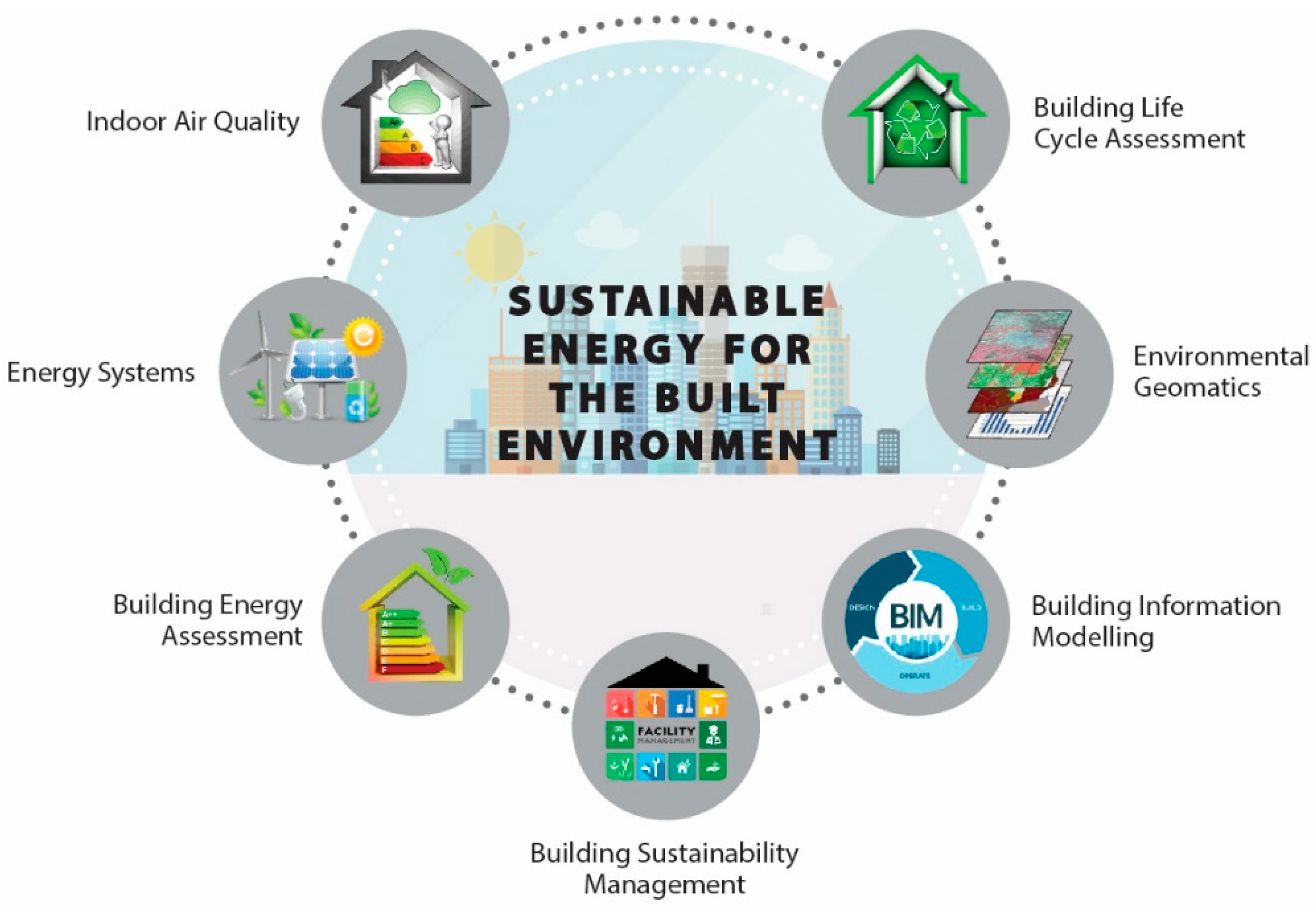
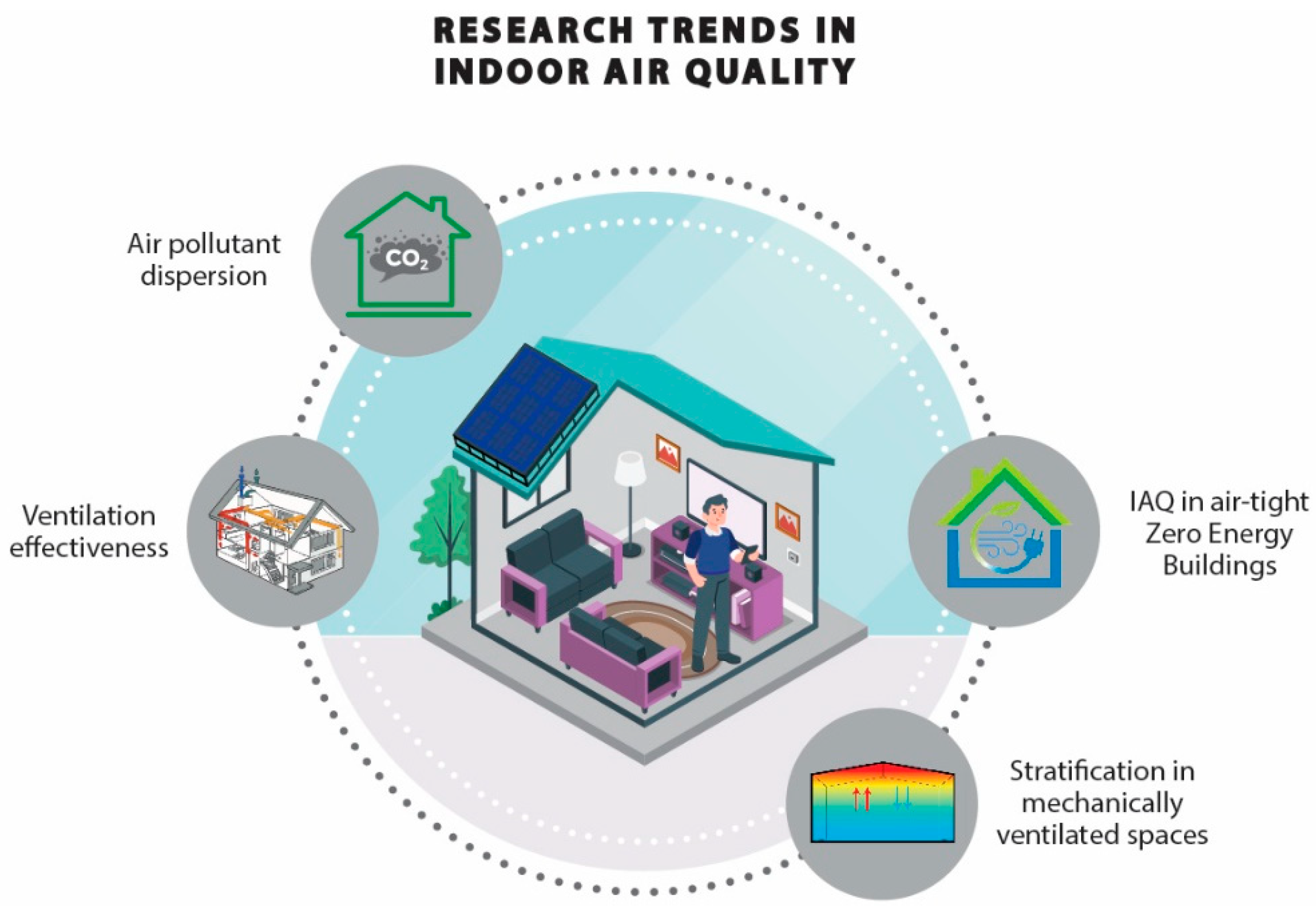
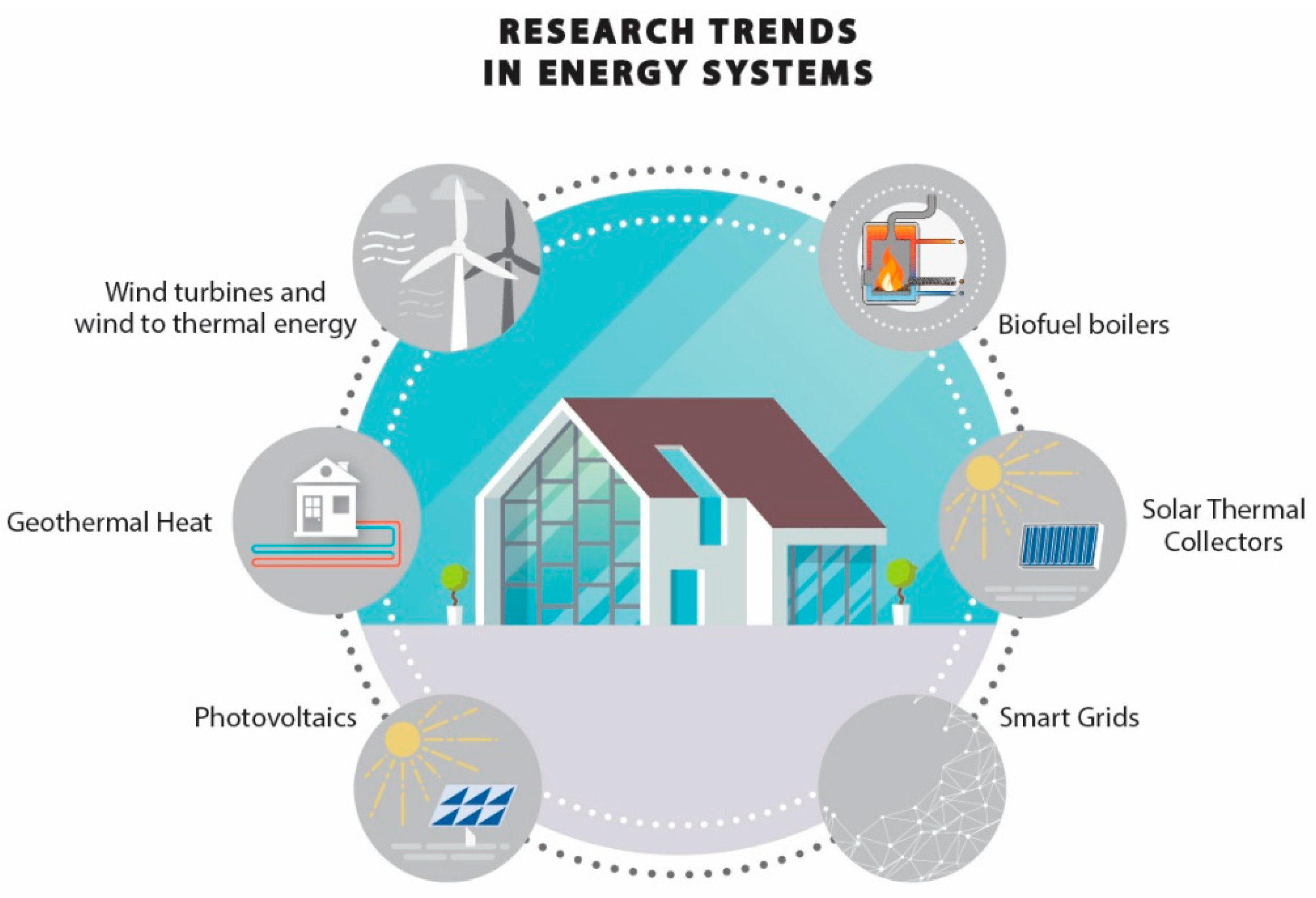
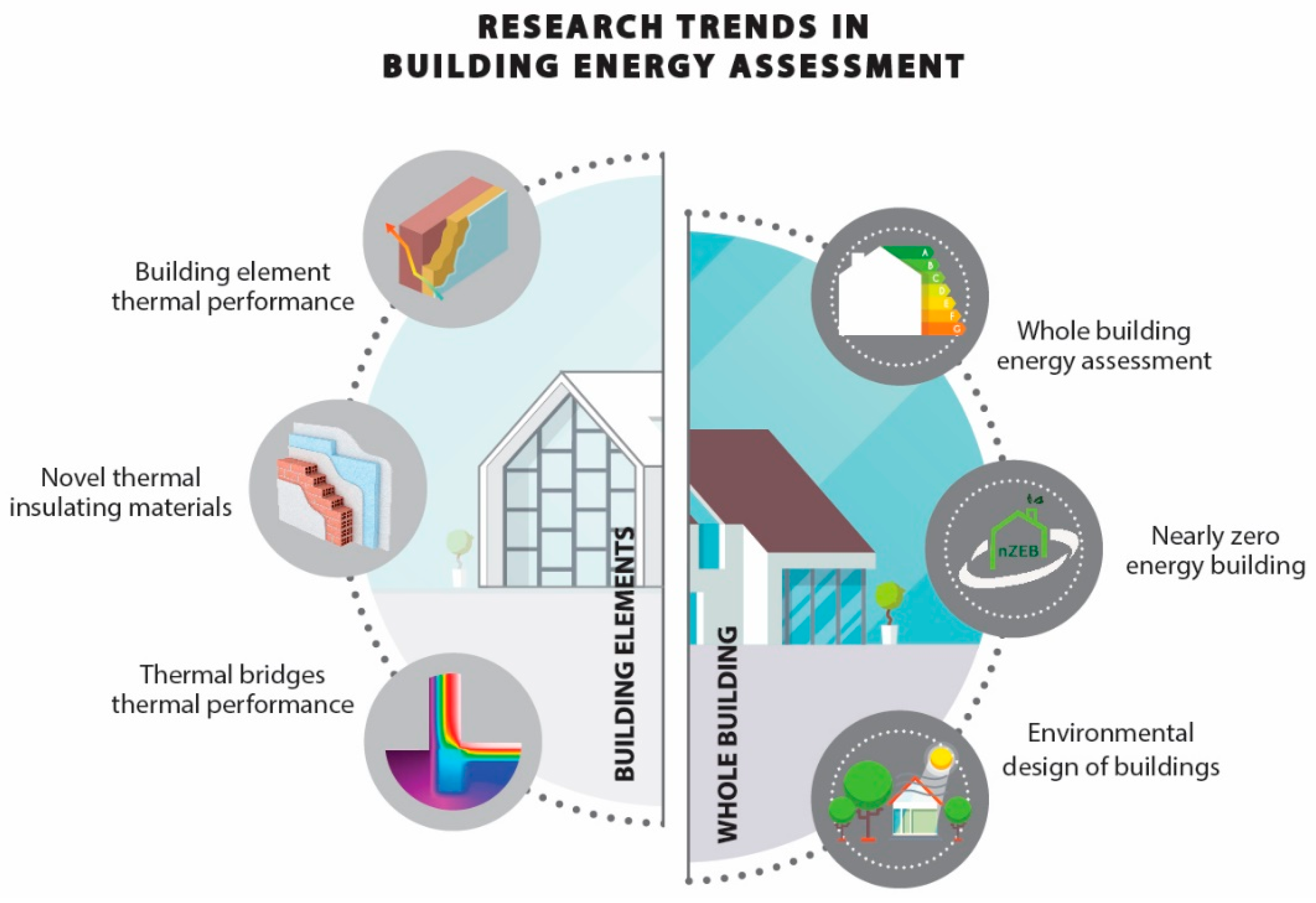
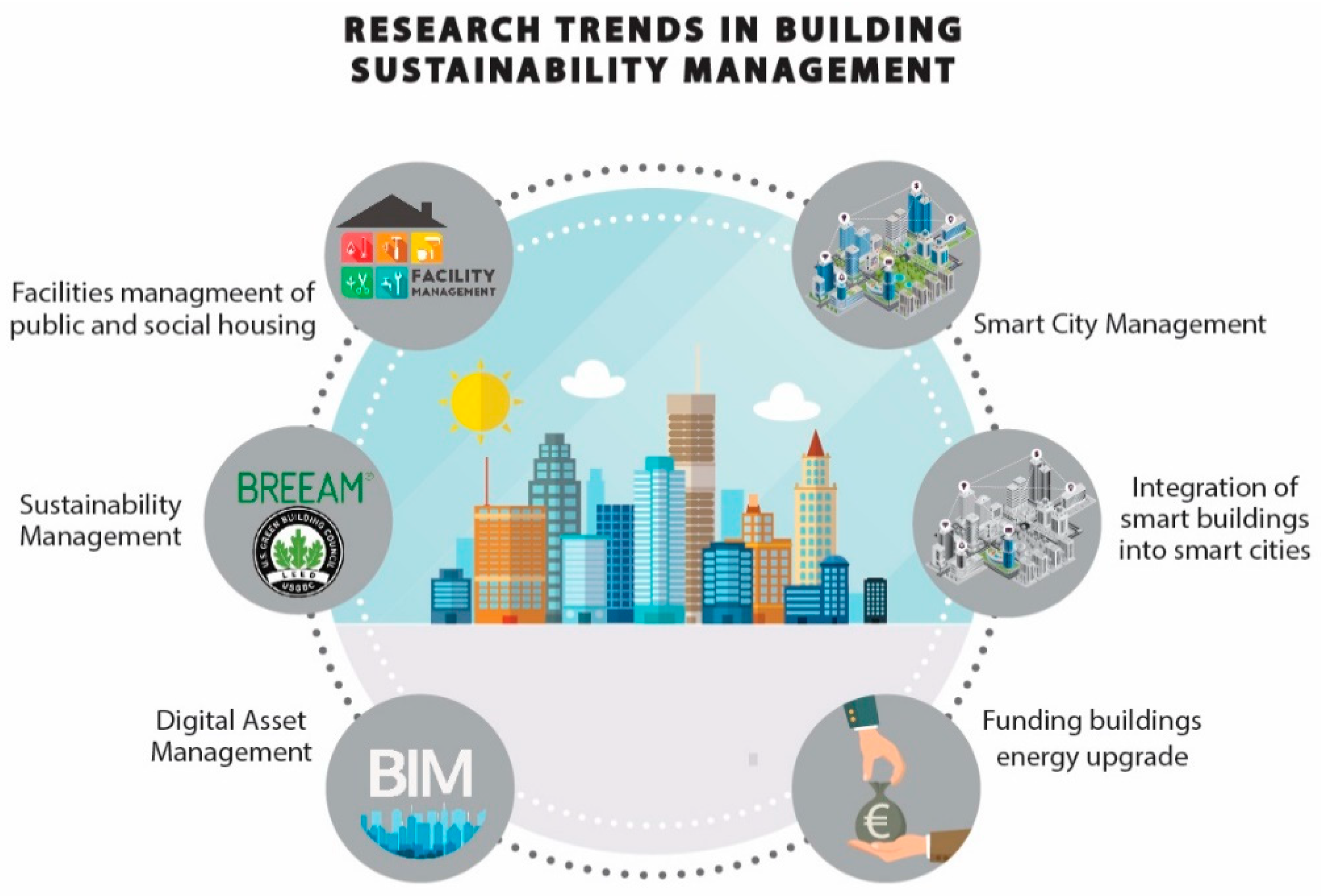
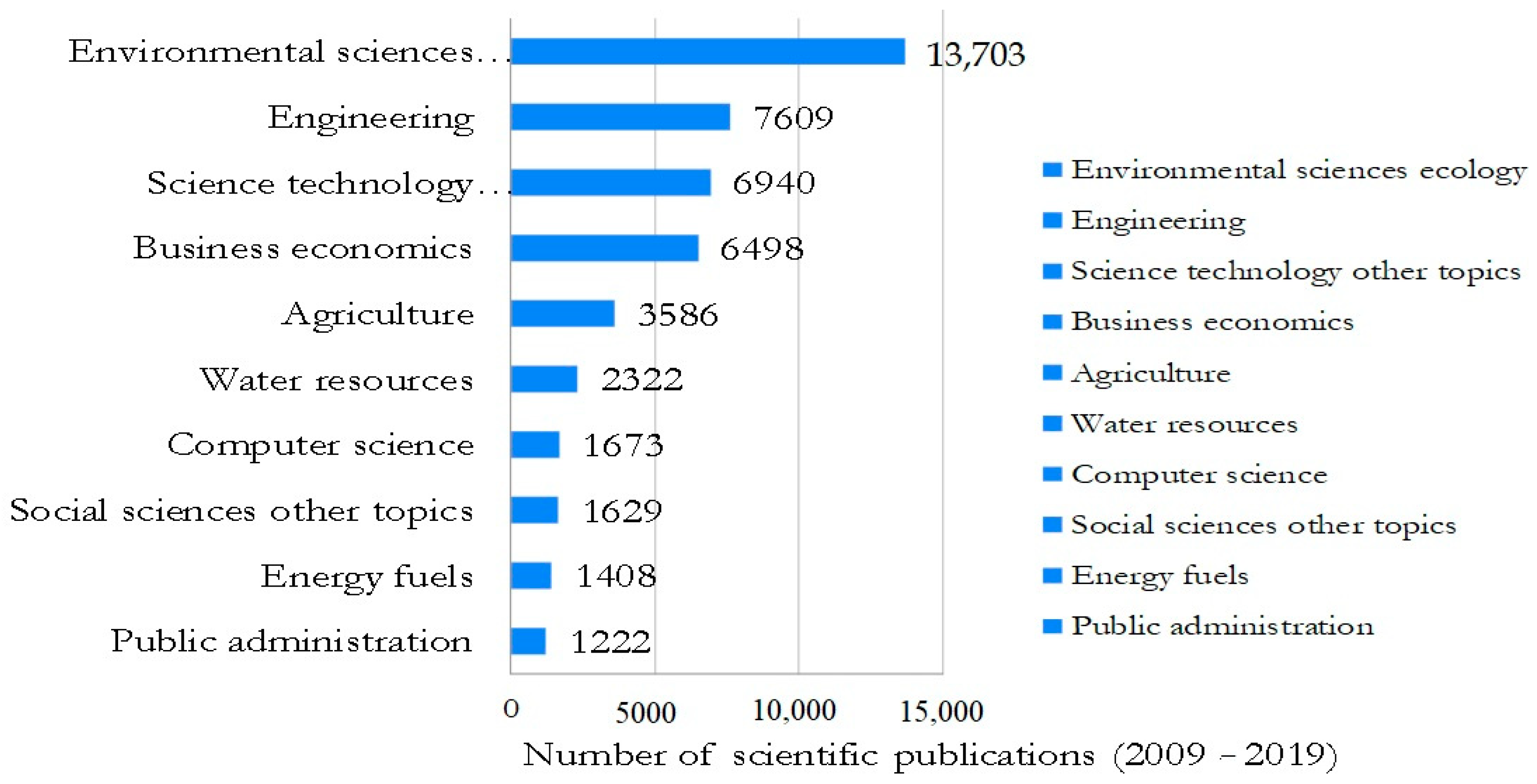
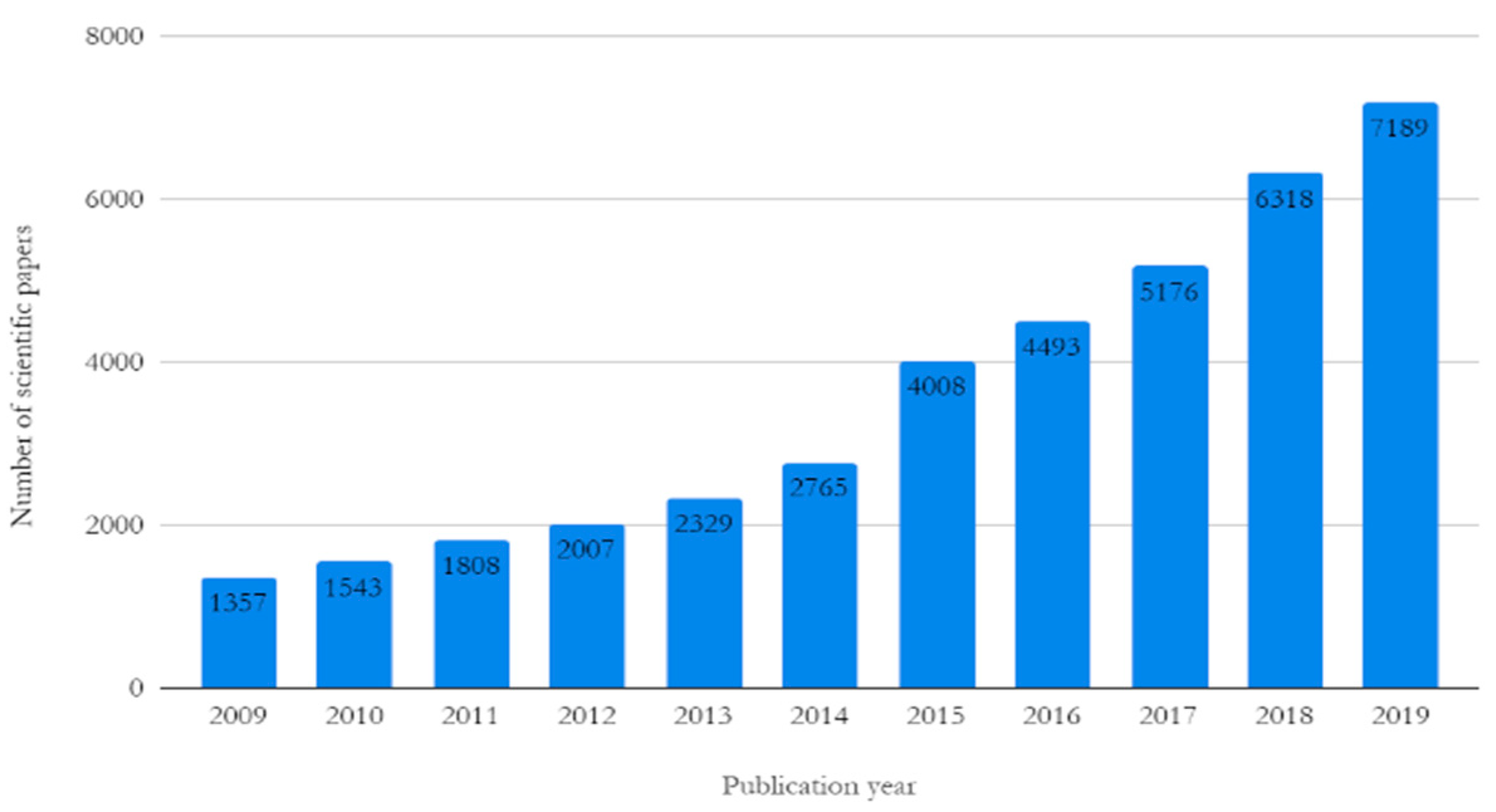
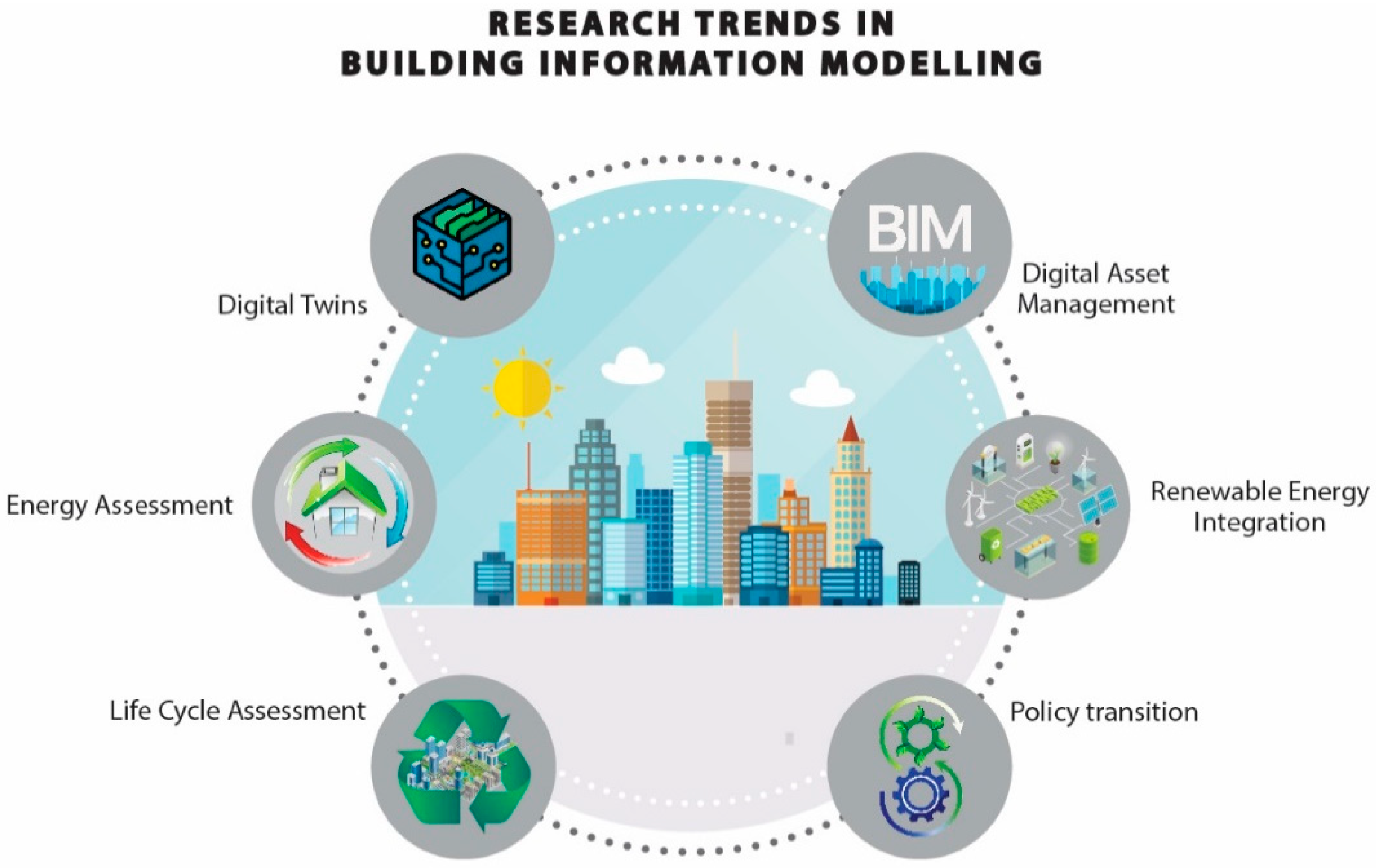
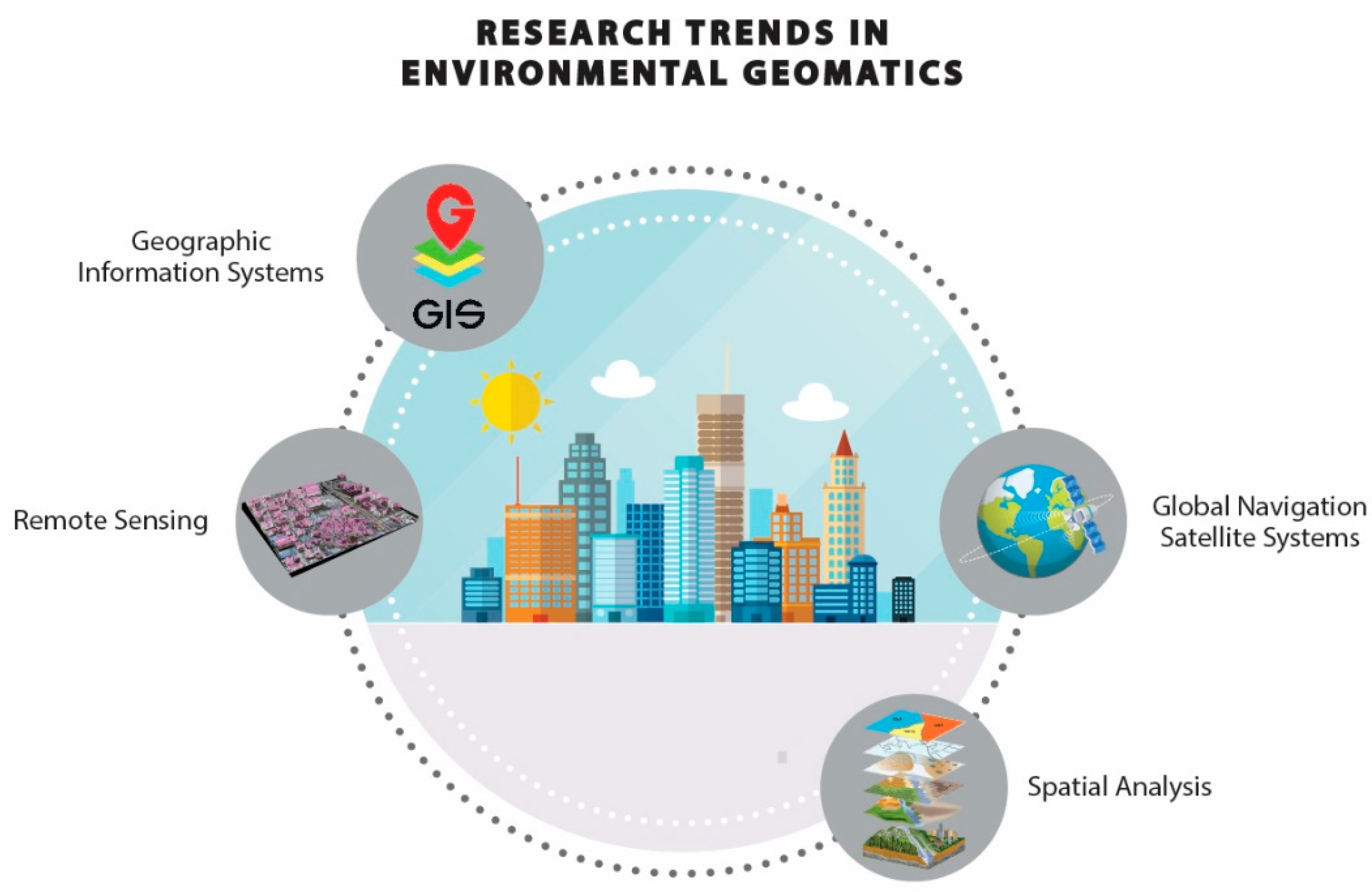
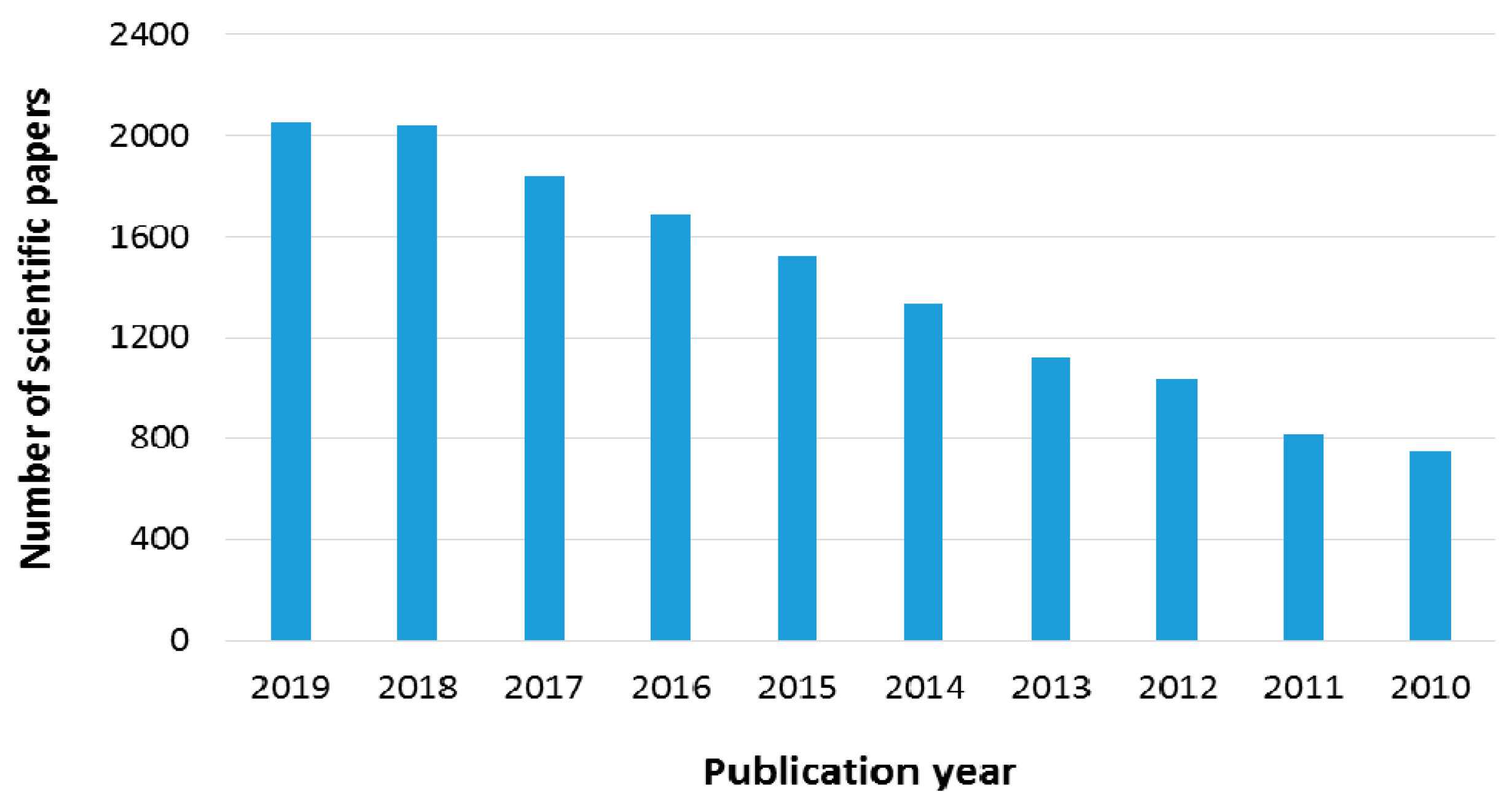
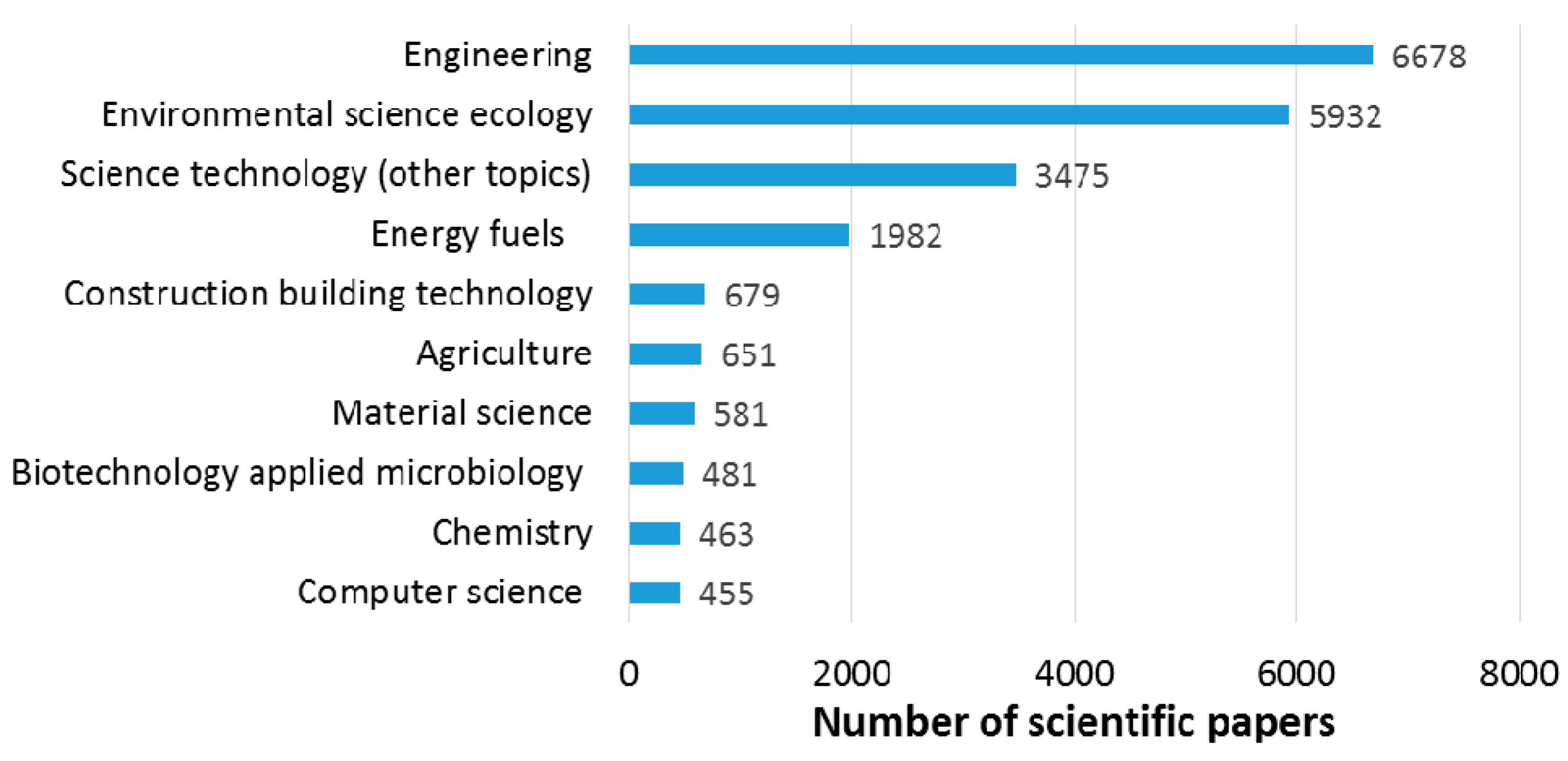
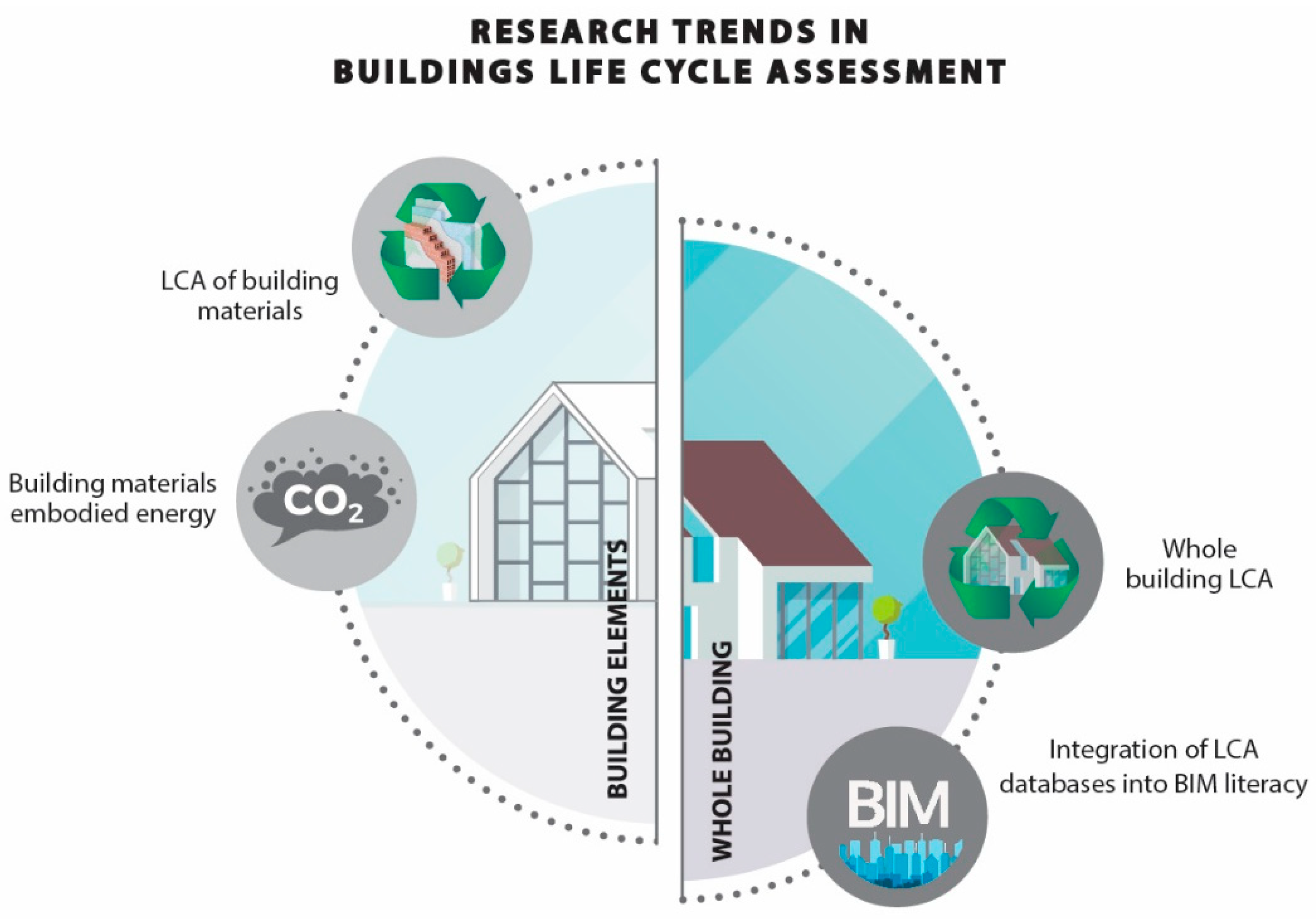
© 2020 by the authors. Licensee MDPI, Basel, Switzerland. This article is an open access article distributed under the terms and conditions of the Creative Commons Attribution (CC BY) license (http://creativecommons.org/licenses/by/4.0/).
Share and Cite
Fokaides, P.A.; Apanaviciene, R.; Černeckiene, J.; Jurelionis, A.; Klumbyte, E.; Kriauciunaite-Neklejonoviene, V.; Pupeikis, D.; Rekus, D.; Sadauskiene, J.; Seduikyte, L.; et al. Research Challenges and Advancements in the field of Sustainable Energy Technologies in the Built Environment. Sustainability 2020, 12, 8417. https://doi.org/10.3390/su12208417
Fokaides PA, Apanaviciene R, Černeckiene J, Jurelionis A, Klumbyte E, Kriauciunaite-Neklejonoviene V, Pupeikis D, Rekus D, Sadauskiene J, Seduikyte L, et al. Research Challenges and Advancements in the field of Sustainable Energy Technologies in the Built Environment. Sustainability. 2020; 12(20):8417. https://doi.org/10.3390/su12208417
Chicago/Turabian StyleFokaides, Paris A., Rasa Apanaviciene, Jurgita Černeckiene, Andrius Jurelionis, Egle Klumbyte, Vilma Kriauciunaite-Neklejonoviene, Darius Pupeikis, Donatas Rekus, Jolanta Sadauskiene, Lina Seduikyte, and et al. 2020. "Research Challenges and Advancements in the field of Sustainable Energy Technologies in the Built Environment" Sustainability 12, no. 20: 8417. https://doi.org/10.3390/su12208417
APA StyleFokaides, P. A., Apanaviciene, R., Černeckiene, J., Jurelionis, A., Klumbyte, E., Kriauciunaite-Neklejonoviene, V., Pupeikis, D., Rekus, D., Sadauskiene, J., Seduikyte, L., Stasiuliene, L., Vaiciunas, J., Valancius, R., & Ždankus, T. (2020). Research Challenges and Advancements in the field of Sustainable Energy Technologies in the Built Environment. Sustainability, 12(20), 8417. https://doi.org/10.3390/su12208417









